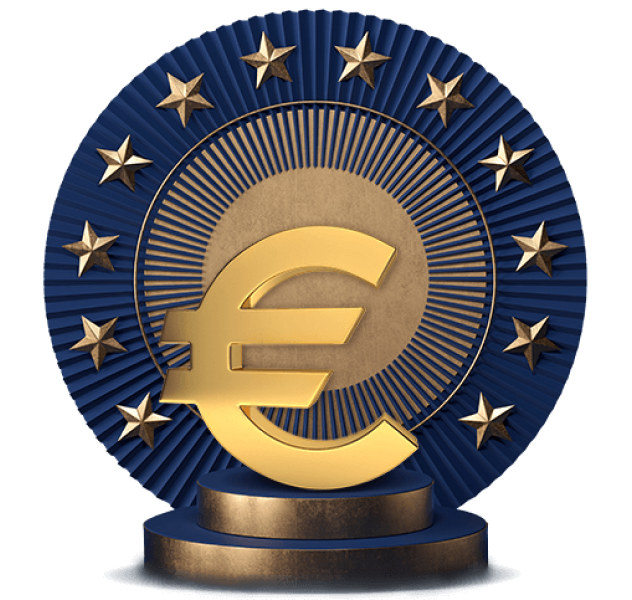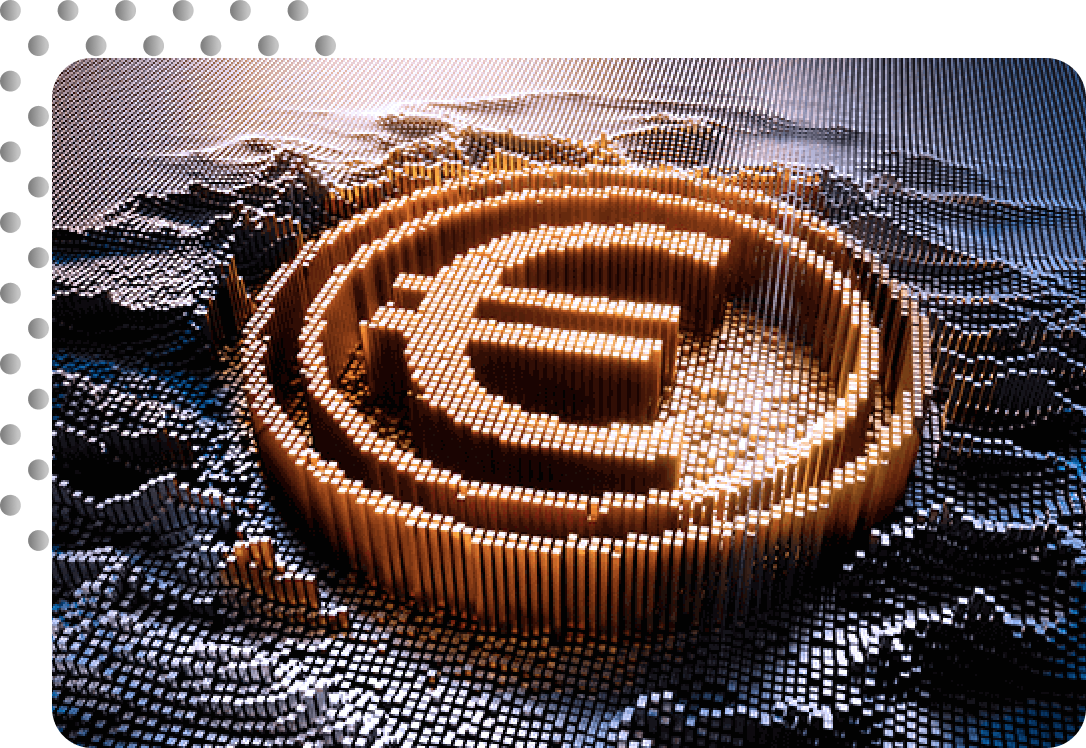Euro Exchange Rate
Euro Exchange Rate
What is the Euro Exchange Rate?
What is the Euro Exchange Rate?
The Euro Exchange Rate is the value of the euro currency in relation to the value of other currencies. The euro is currently the official currency of 19 out of 27 EU member countries, which together make up the Eurozone, officially known as the euro area.
The Euro Exchange Rate is the value of the euro currency in relation to the value of other currencies. The euro is currently the official currency of 19 out of 27 EU member countries, which together make up the Eurozone, officially known as the euro area.
Some of the more notable countries to have adopted the euro include Germany, France, Italy, Spain, Austria and Greece. The most recent countries to change their currency to the euro were Baltic trio of Estonia, Latvia and Lithuania, who joined in 2011, 2014 and 2015 respectively.
Some of the more notable countries to have adopted the euro include Germany, France, Italy, Spain, Austria and Greece. The most recent countries to change their currency to the euro were Baltic trio of Estonia, Latvia and Lithuania, who joined in 2011, 2014 and 2015 respectively.
Some of the more notable countries to have adopted the euro include Germany, France, Italy, Spain, Austria and Greece. The most recent countries to change their currency to the euro were Baltic trio of Estonia, Latvia and Lithuania, who joined in 2011, 2014 and 2015 respectively.

Indeed, knowing the value of one currency in direct relation to another is useful to investors, as it allows them to analyse investments that are priced in foreign currency. This is why the Euro Exchange Rate is very important, as it serves the largest bloc of national economies in the world and it is key driver of the global economy.

Indeed, knowing the value of one currency in direct relation to another is useful to investors, as it allows them to analyse investments that are priced in foreign currency. This is why the Euro Exchange Rate is very important, as it serves the largest bloc of national economies in the world and it is key driver of the global economy.

The Exchange Rate Mechanism
The European Exchange Rate Mechanism II (ERM II) was established in 1999, following the introduction of the single currency. Its main purpose was to reduce exchange rate variability, as well as achieving monetary stability across Europe.
ERM II was set up to replace the ERM and to ensure the smooth transition of non-euro area countries into participation in the euro area. Participation in ERM II is entirely voluntary, but a country must remain part of the mechanism for a period of at least two years without severe tensions in order to qualify for adoption of the euro.
Moreover, a country’s respective government must also ensure that it does not devalue its central rate against the euro in order to meet the euro adoption criteria.
The mechanism currently also includes the currencies of Denmark, Croatia and Bulgaria, with the latter two taking important steps towards adopting the euro. The countries agreed to commit to enact a number of policy measures, with the most notable being participation in ERM II.
The Exchange Rate Mechanism
The European Exchange Rate Mechanism II (ERM II) was established in 1999, following the introduction of the single currency. Its main purpose was to reduce exchange rate variability, as well as achieving monetary stability across Europe.
ERM II was set up to replace the ERM and to ensure the smooth transition of non-euro area countries into participation in the euro area. Participation in ERM II is entirely voluntary, but a country must remain part of the mechanism for a period of at least two years without severe tensions in order to qualify for adoption of the euro.
Moreover, a country’s respective government must also ensure that it does not devalue its central rate against the euro in order to meet the euro adoption criteria.
The mechanism currently also includes the currencies of Denmark, Croatia and Bulgaria, with the latter two taking important steps towards adopting the euro. The countries agreed to commit to enact a number of policy measures, with the most notable being participation in ERM II.

How does ERM II work?
ERM II operates by allowing the exchange rate of a non-euro area member state to fluctuate, within set limits, against the euro. Entry to the mechanism is subject to certain criteria being met and is based on an agreement between a number of different parties. These include: the finance ministers of the euro area member states, the European Central Bank (ECB) and both the ministers and central bank governors of the non-euro area member states currently part of the mechanism.
As part of ERM II, a central exchange rate between the euro and the currency of another country is agreed, with that currency then being allowed to fluctuate by up to a maximum of 15% above or below the central rate. In order to keep this rate below 15%, the currency can be supported by intervention, such as buying or selling, and is coordinated by the ECB and that country’s central bank.
Also, non-euro area member states can decide to keep in place a narrower fluctuation band, with this decision having zero impact on the 15% fluctuation margin. In practice though, the majority of non-euro area member state currencies deviate very little in terms of fluctuation.
Additionally, the ECB General Council is responsible for monitoring the operation of ERM II and ensuring the co-ordination of monetary and exchange rate policies.

How does ERM II work?
ERM II operates by allowing the exchange rate of a non-euro area member state to fluctuate, within set limits, against the euro. Entry to the mechanism is subject to certain criteria being met and is based on an agreement between a number of different parties. These include: the finance ministers of the euro area member states, the European Central Bank (ECB) and both the ministers and central bank governors of the non-euro area member states currently part of the mechanism.
As part of ERM II, a central exchange rate between the euro and the currency of another country is agreed, with that currency then being allowed to fluctuate by up to a maximum of 15% above or below the central rate. In order to keep this rate below 15%, the currency can be supported by intervention, such as buying or selling, and is coordinated by the ECB and that country’s central bank.

Also, non-euro area member states can decide to keep in place a narrower fluctuation band, with this decision having zero impact on the 15% fluctuation margin. In practice though, the majority of non-euro area member state currencies deviate very little in terms of fluctuation.
Additionally, the ECB General Council is responsible for monitoring the operation of ERM II and ensuring the co-ordination of monetary and exchange rate policies.
